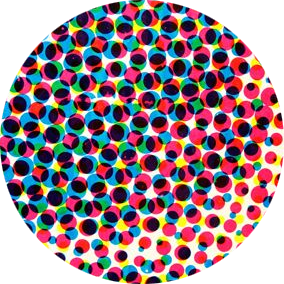Shades of Grey in The Incredible Hulk #1

“The Incredible Hulk” #1 (1962) isn’t original. It’s a mash-up of gothic horror (“Frankenstein” & “Strange Case of Dr Jekyll and Mr Hyde”), atomic horror & superheroics. Yet this combination of tropes recontextualizes them in the service of something new—and revolutionary. 1/12

The Hulk incorporates the same warnings about the dangers of life-altering technologies that “Frankenstein” & “Jekyll and Hyde” did but updates it for the atomic age, something Stan Lee and Jack Kirby were already doing a lot within the pages of horror-tinged sci-fi comics. 2/12

But whereas atomic-spawned monsters in 50s sci-fi & horror typically bear little relationship to humanity, being clearly Other & clearly evil, the Hulk is both the monster and the scientist responsible for banishing him. The threat is not external; it’s inside the house. 3/12


…atomic energy “coupled unnatural and universal destruction with the most natural source of universal power” and could only emerge if “‘unnatural’ acts… [were] performed; nature must be violated and its power spent in some exterior way.” 5/12

M. Keith Booker argues that the Atomic Age fundamentally altered the American public’s conception of biological, technological, and social development, from a (relatively) linear progression into unpredictable fits and starts, moving either/both forward and backward: 6/12


While he possesses some of Hyde’s atavism, the Hulk is also clearly a product of modern (or futuristic) technology. The destructive power of atomic energy turns Bruce Banner him into a monster who rivals that destructive power. The Hulk is an embodiment of the Bomb. 8/12

Yet while the Hulk is sometimes frighteningly nihilistic in his debut, he is also a superhero. Or at the very least, the Hulk enables Banner to be heroic. Through the Hulk, Banner ends up behind the Iron Curtain, where he turns a Soviet scientist against “red tyranny.” 9/12

The Hulk’s power is presented as both beneficial & dangerous. This relates to atomic energy as well as masculinity. The atomic-spawned, excessively phallic monster-hero, destroying both American army bases & communist spies, both critiques & revels in primitive masculinity. 10/12

Popular culture—and superhero comics in particular—often negotiate similar tensions. Yet the intensity of this tension in early Hulk comics, and the fact it remains unresolved, speaks to the comic’s subversive, even revolutionary, potential. 11/12

In Silver Age Hulk comics, the hero is always a monster, and the monster never dies because heroism depends on monstrousness. It’s fitting that the Hulk was originally grey since that’s what he is—a symbol of the superhero genre moving beyond black & white moral conflicts. 12/12
